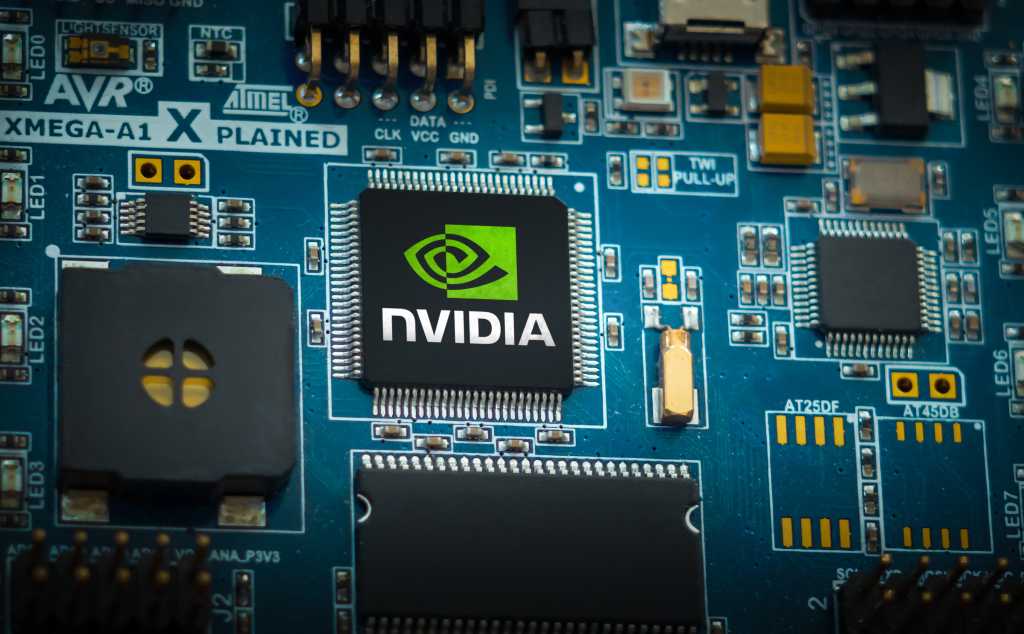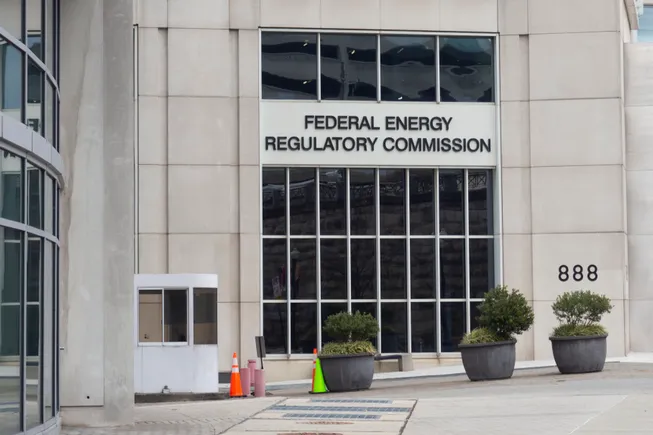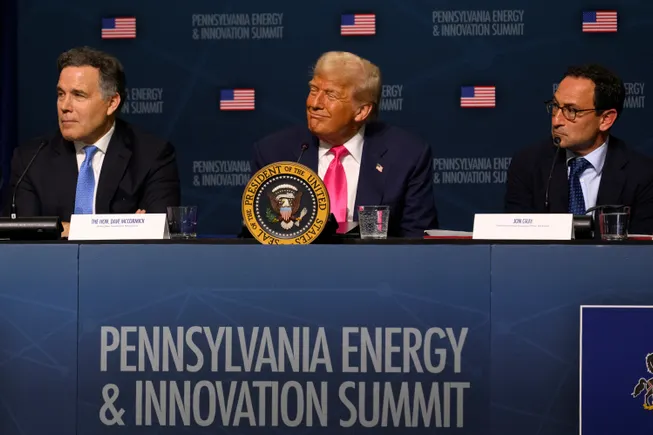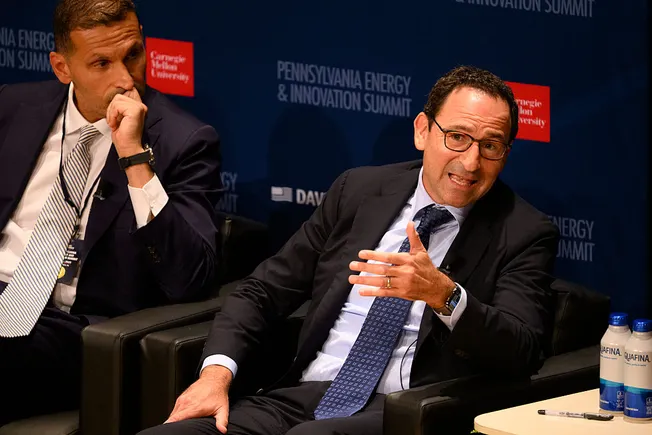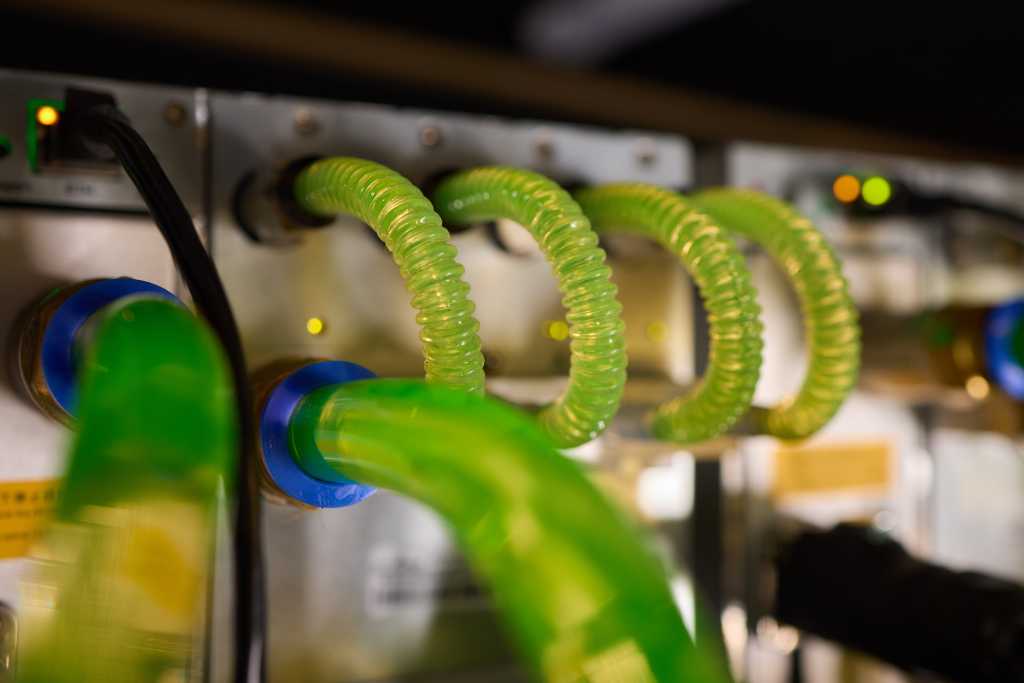The UK is facing a “critical few months” as energy policy is formulated that will fuel investment and ensure that the energy supply chain retains skills and jobs.
This was one of the significant points made at the Energy Voice Live event in Aberdeen, which featured expert panellists Nick Dunn, chief executive of Peterhead-based energy services firm Score, and Professor Paul de Leeuw from the Robert Gordon University Energy Transition Institute.
LISTEN: Energy Voice Live – Where are the green jobs?
“This is the critical few months,” said de Leeuw who explained the government had launched consultations that will be complete in April and May of this year which will complete the work required for the UK government to deliver an industrial strategy which will in turn provide guidance for the next UK budget in autumn.
“If don’t get it right we will lose investment for 2026/27. We have to get it right this year,” he said.
Where are the green jobs?
The event focused on focus both the UK and Scottish Government has placed on delivering so called “green jobs” as part of a “just transition”.
De Leeuw said he finds the description defining a “green job” difficult. “I’m not a great fan of the language of green jobs.
“What happens is green jobs are good and non-green jobs are bad – I don’t think that is right.”

He said the current situation of Grangemouth which is set to shed hundreds of jobs as well as lose Scotland’s last oil refinery right now is a “microcosm” of what will play out in the UK energy industry transition to clean energy if the right steps are not taken..
“The choice here is what decline are we going to see in the future – is it a managed decline or an accelerated disorderly decline where we see things happening we can’t control
“If we see that happening we see a lot of jobs at risk.”
He added that timing is critical.
“We can take that workforce and take the supply chain and redirect capability.
We can do a fantastic energy transition
“We need to tell people tell people how exciting this industry is. This is the biggest replumbing, rewiring, repurposing of the energy system in the world. There is no project bigger or more exciting.”
Currently the UK offshore energy supply chain employs 120,000. Meanwhile across the UK, the wider UK energy supply chain including transmission and waste to energy is around 290,ooo according to research from the CBI.

However this is far outstripped by other regions where investment in capacity to manufacture and develop solar panels, wind turbines and electric vehicles is far greater.
“The vast majority of the green jobs are not in the UK, they are actually at the moment in the Far East,” said De Leeuw. “And that is quite an interesting one because we need to get green jobs here.
“If we want to crate green jobs and skills, we have to have as a G7 nation we have to build that capacity here,” he said.
Dunn said science, technology, engineering and maths (STEM) education was currently falling behind other regions.
“One of the critical challenges in the UK today is STEM,” he said.
He highlighted only 40% of secondary school pupils in Scotland are taking maths and even fewer in physics.
“When we bring in skilled labour, maths is a core capability that is required to go into a mechanical activity. We are starting to find we are not able to find the number of people we want. We are running courses with our apprentices with mechanical aptitude to teach them math skills.”

Dunn said his firm, which is part of the private equity-backed D2Zero group, has enjoyed double-digit growth across its global operations in the past few years.
In particular, its gas turbine business has tripled in volume in the last three years such that it has to recruit from overseas to meet demand at its factory in Peterhead. This is despite having trained 1,100 apprentices in the last two decade and currently employs 350 apprentices. This year the firm is recruiting 60 apprentices.
Looking at growth areas, he sees vast investment currently taking place in LNG in the US.
“If you follow the money, the amount of investment going into the Americas right now in terms of LNG and refinery capacity is phenomenal.
“We are going to see more LNG trains in the US, particularly around Texas and Louisiana than the whole world added together. That is a key area for us to look as we build our capacity.”
He added the firm’s business in Australia benefiting from more investment in green energy development than it is the UK.
“In Australia we do 10 times as much pure green energy activity, or energy transition as we classify it, than in the UK.”
Dunn warned against closing down the UK’s oil and gas production industry as this would increase the UK’s carbon emissions. Instead he urged a focus on investing in a North Sea that is decarbonised.
“Decarbonisation of existing production just makes sense if you look at the numbers. If we look at the UK policy now and close it down, then we are going to have a jobs gap and that is going to be a real concern.
“If you were to invest in upstream gas production in the UK we could reduce the amount of LNG we import by 50%. It’s a huge number. From now to 2050 that’s 50m tons of carbon dioxide equivalent coming through. There’s a huge opportunity to drive that impact into the North Sea.”
Further he said the UK was in danger of losing its competitive edge.
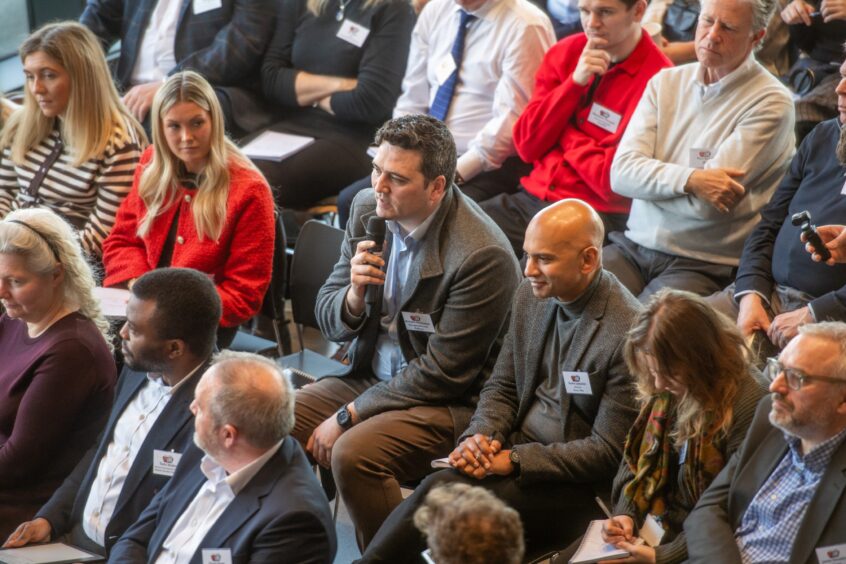
“In the UK today our energy cost is high. It’s four times that of America. Unless we start to fundamentally address that we are going to see industries have to leave because they can’t be competitive.
AI is going to make the energy transition “look very different”, De Leeuw added.
“All wind farms can be run out of one control centre somewhere around the world and hopefully it will be in the UK. Data is going to be the new oil.”
He added: “It’s a great opportunity we have to grab it.”
Recommended for you

Power Moves: Big changes at Clarke Energy and more



